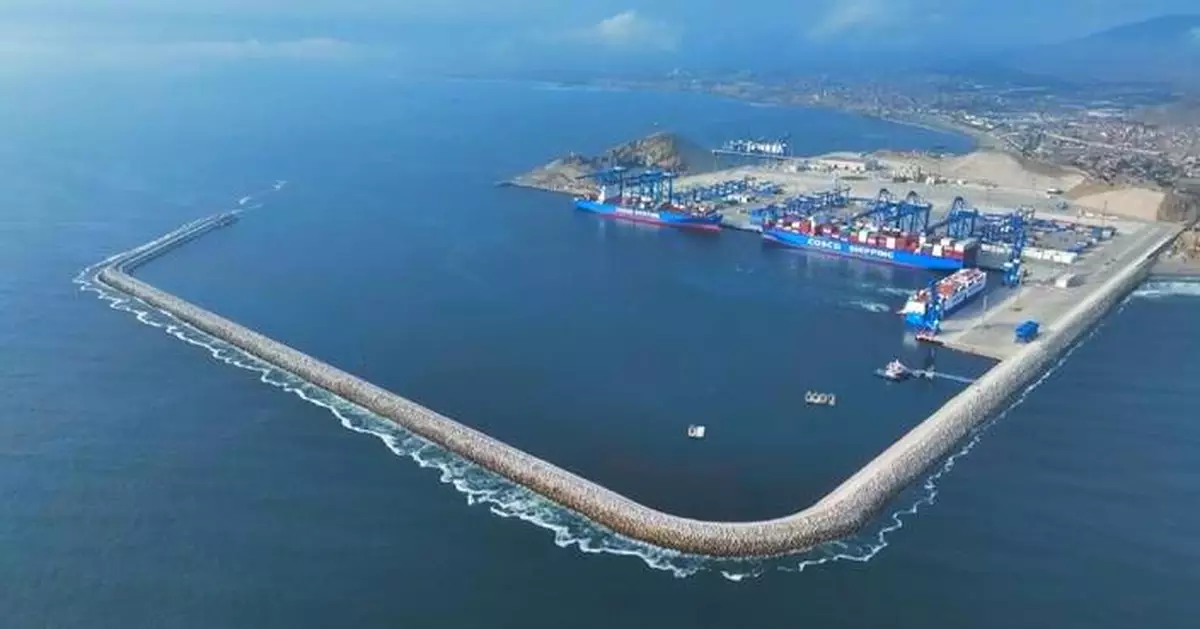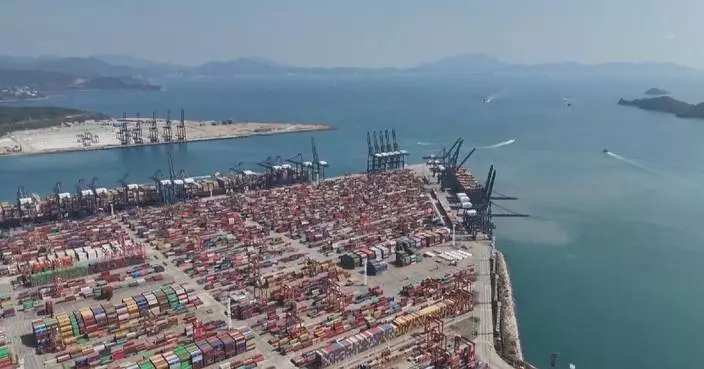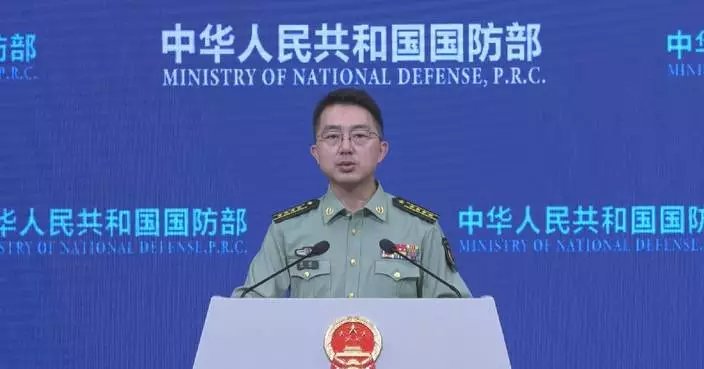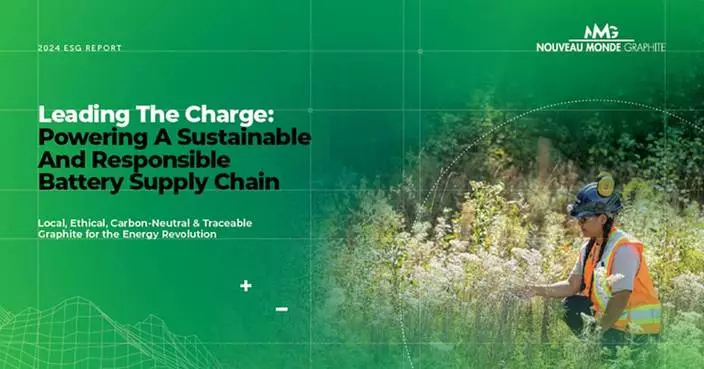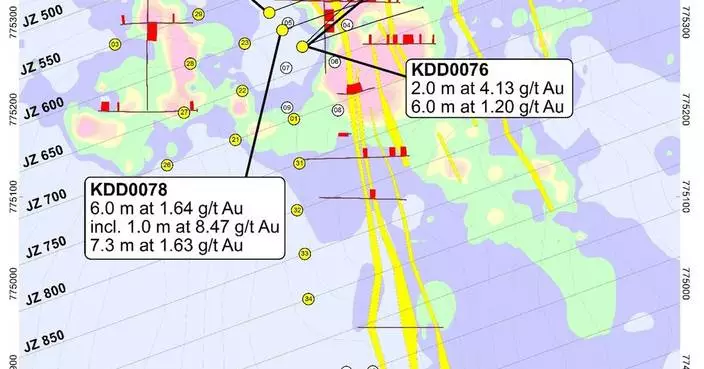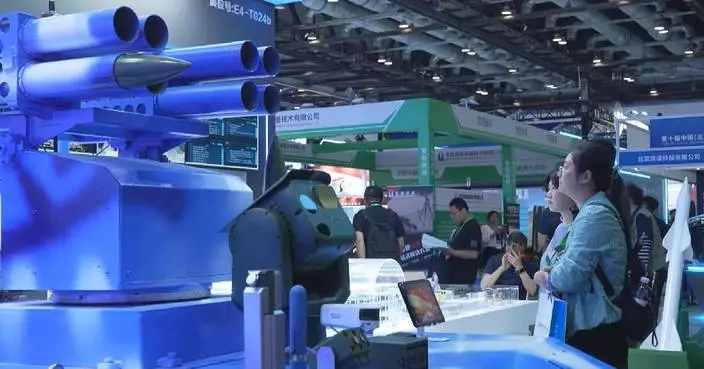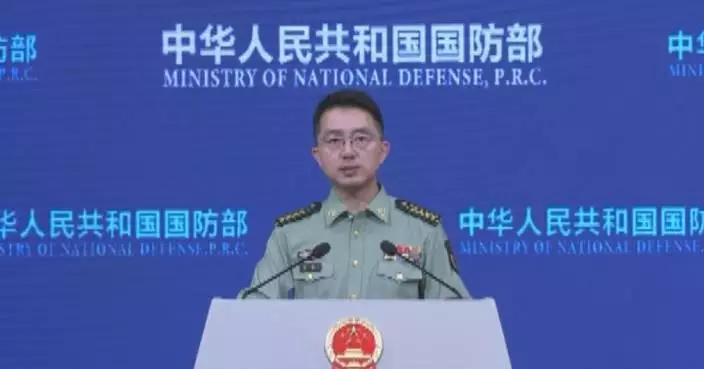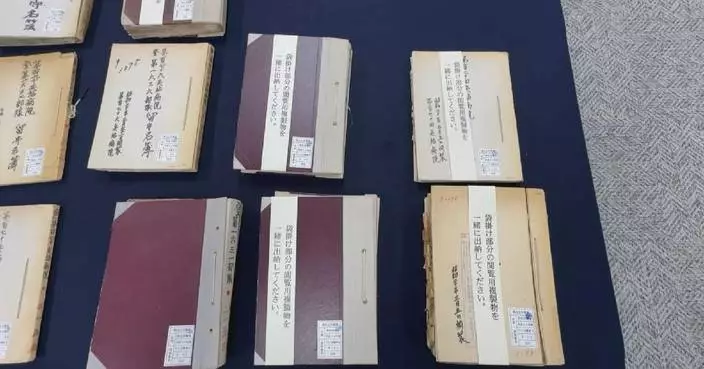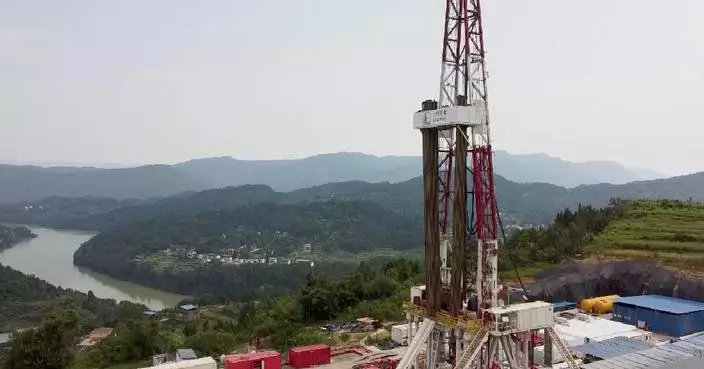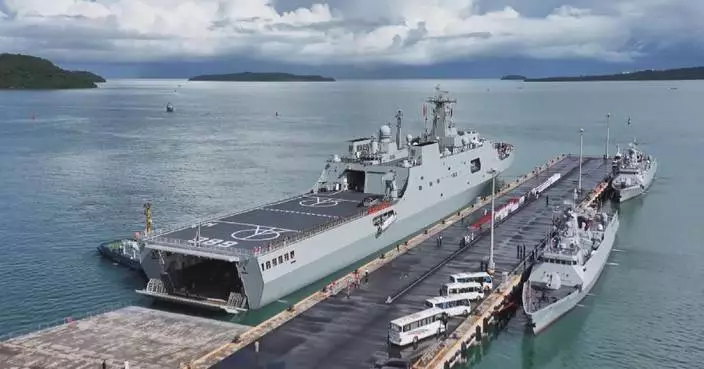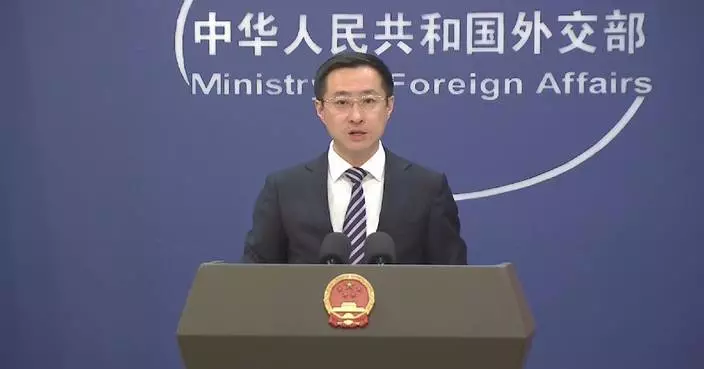The newly-opened Chancay Port in Peru is expected to inject new impetus into economic development and help deliver common prosperity across the Asia-Pacific, with the project seen as a symbol of openness and cooperation across the region.
Located some 80 kilometers north of the Peruvian capital Lima, the port was officially opened on Thursday in a special inauguration ceremony attended via video link by Chinese President Xi Jinping and his Peruvian counterpart Dina Boluarte, after Xi arrived in Peru earlier in the day to pay a state visit and attend the 31st APEC Economic Leaders' Meeting.
The port is a flagship project under the Belt and Road Initiative and the first smart port in South America. The first phase of the project will shorten the shipping time from Peru to China to 23 days, reducing logistics costs by more than 20 percent. It is also expected to generate 4.5 billion U.S. dollars in annual revenue for Peru and directly create over 8,000 jobs.
Peruvian farmers, especially those in the Huaral valley next to Chancay, believe they will benefit greatly from the port's opening.
"Huaral is the capital of agriculture in Peru, we have almost 80 percent of all fruit and vegetable products. We have pitayas, avocados, vegetables like lettuce, among other things. So the fact that the transportation will take less time gives us the opportunity to do the packing at less cost. That is a huge advantage for us, for producers," said local farmer and agricultural consultant Percy Perez.
President Boluarte paid a state visit to China back in June, and the two heads of state hailed the significance of the Chancay Port project as it neared completion at that time.
"The time it takes for goods to be transported from the Chancay Port to Shanghai will be slashed by about 12 days, and the products of the Americas can reach Asia at the fastest speed possible," Boluarte said in an interview with China Central Television (CCTV) during her China trip.
"'From Chancay to Shanghai' has become a buzzword, which heralds the broad future of mutually beneficial cooperation between China and Peru. I believe it will bring a more concrete sense of gain and happiness to the people of both countries," Xi said during his meeting with Boluarte in June.
In his written speech at the APEC CEO Summit, Xi said that as long as relevant parties continue to practice the spirit of openness and connectivity, the Pacific Ocean can become a thoroughfare to promote prosperity and growth.
"From Chancay to Shanghai, what we are witnessing is not only the Belt and Road Initiative taking root and blossoming in Peru, but also the birth of a new land-sea corridor between Asia and Latin America in the new era," Xi said at the port's opening ceremony on Thursday.
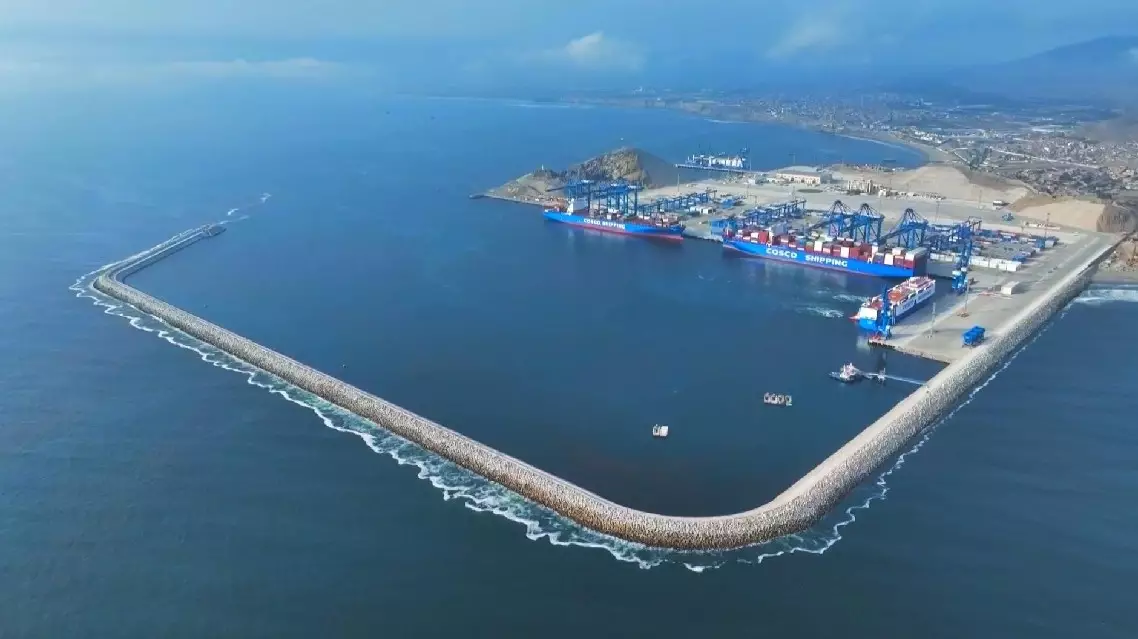
Chancay Port expected to deliver common prosperity, bring benefits to Asia-Pacific region

Chancay Port expected to deliver common prosperity, bring benefits to Asia-Pacific region

Chancay Port expected to deliver common prosperity, bring benefits to Asia-Pacific region
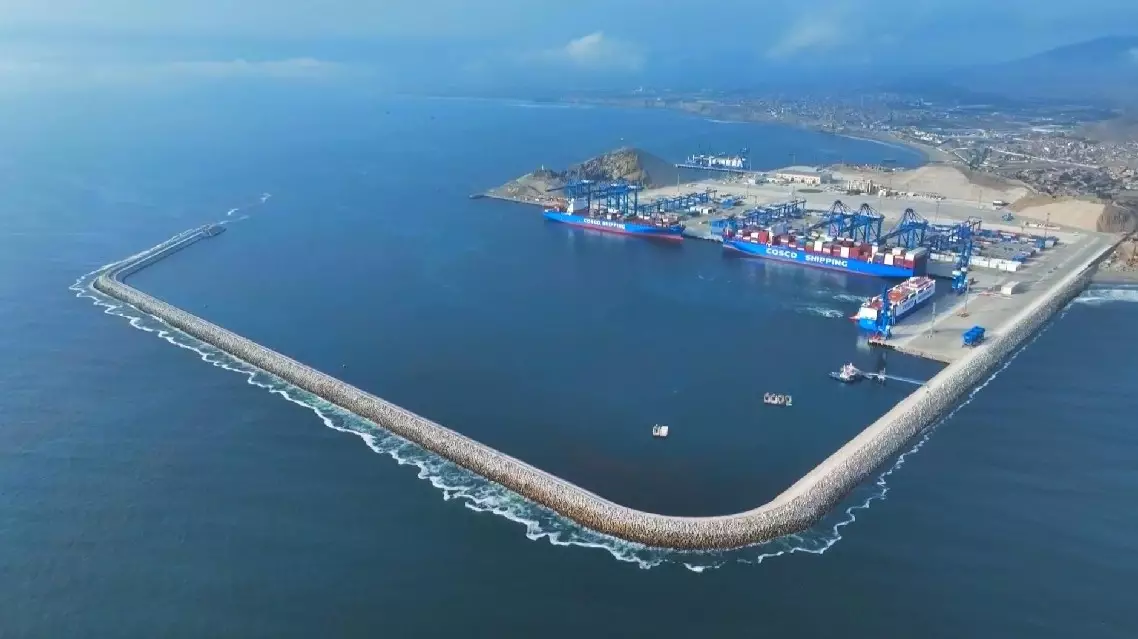
Chancay Port expected to deliver common prosperity, bring benefits to Asia-Pacific region

Chancay Port expected to deliver common prosperity, bring benefits to Asia-Pacific region
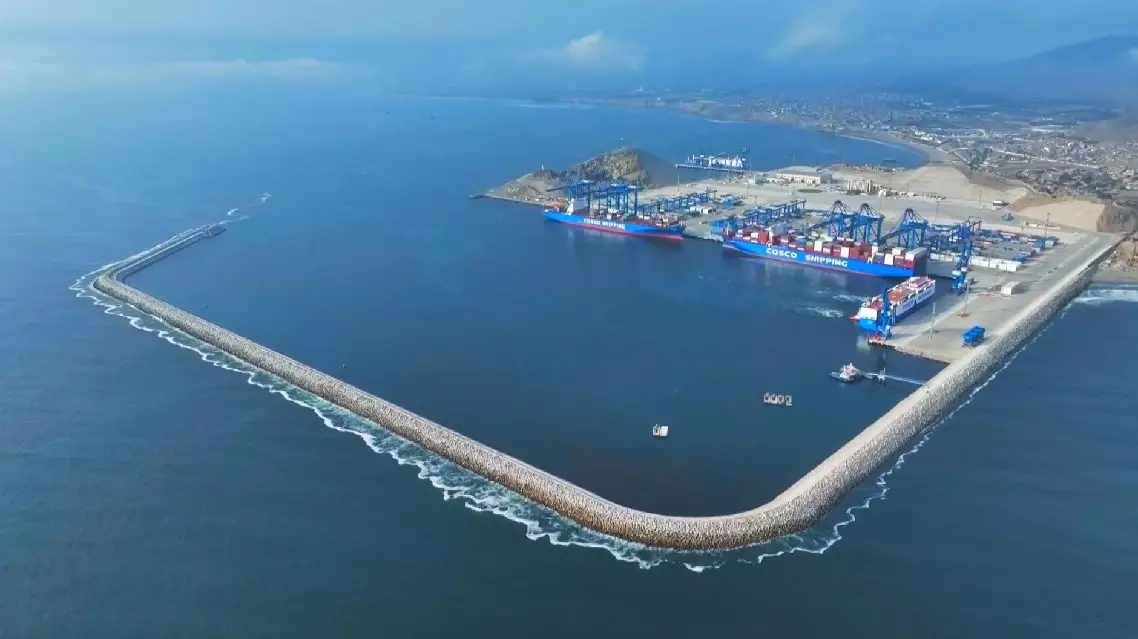
Chancay Port expected to deliver common prosperity, bring benefits to Asia-Pacific region
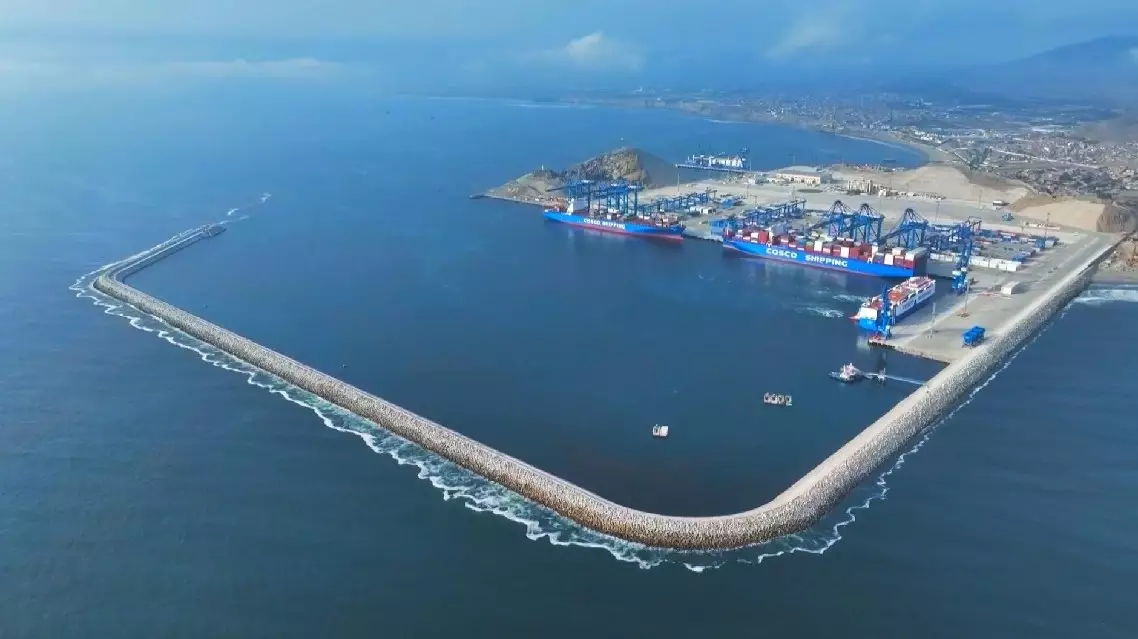
Chancay Port expected to deliver common prosperity, bring benefits to Asia-Pacific region
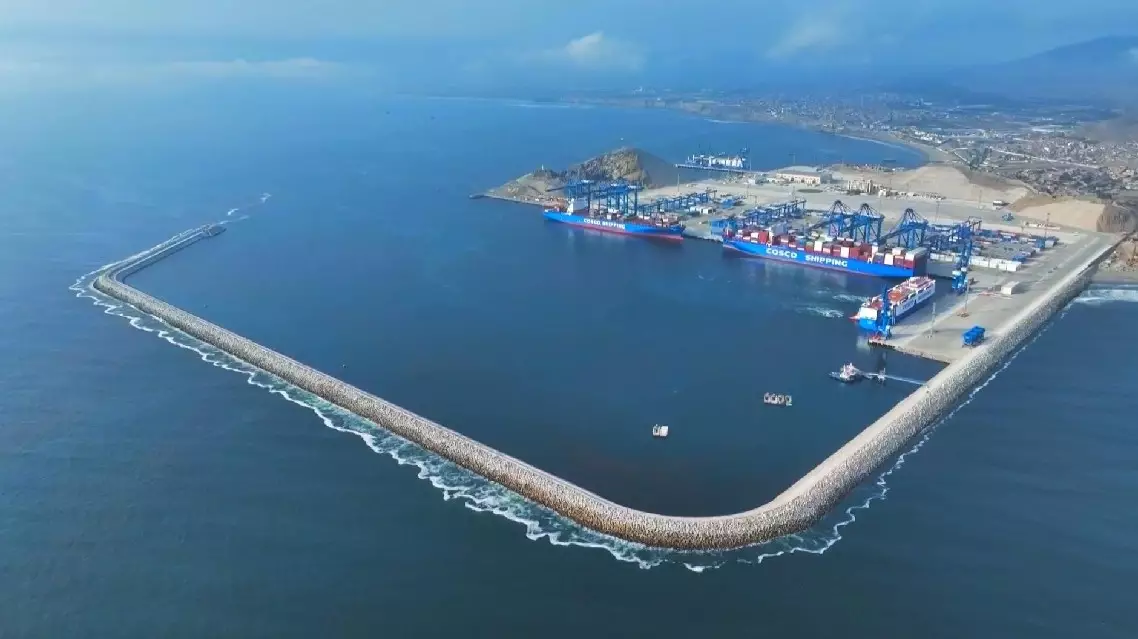
Chancay Port expected to deliver common prosperity, bring benefits to Asia-Pacific region
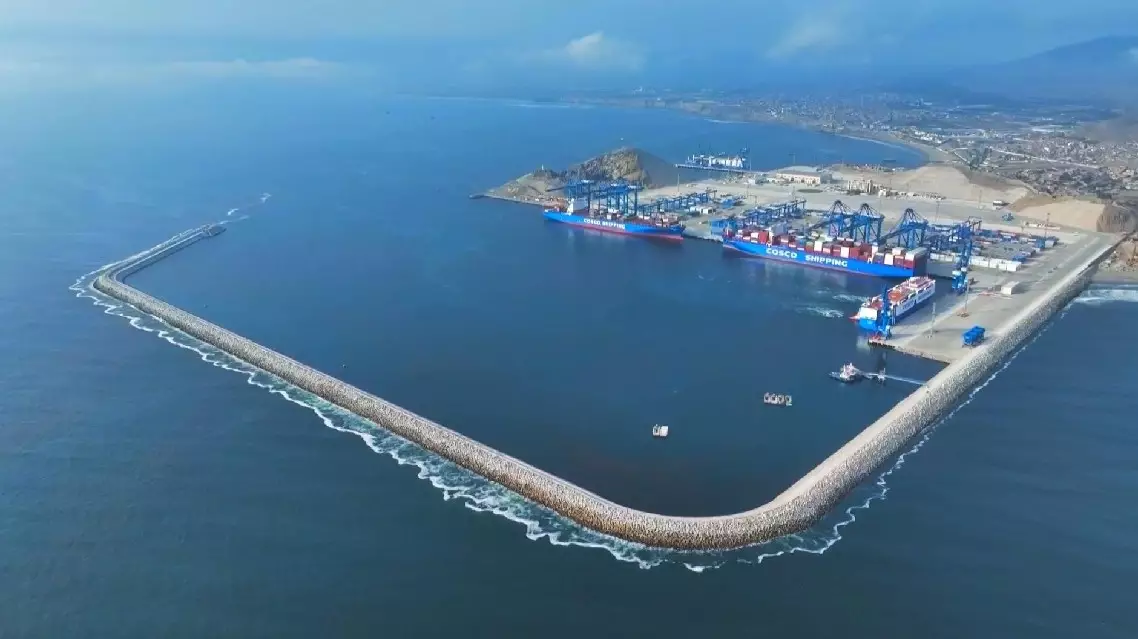
Chancay Port expected to deliver common prosperity, bring benefits to Asia-Pacific region


